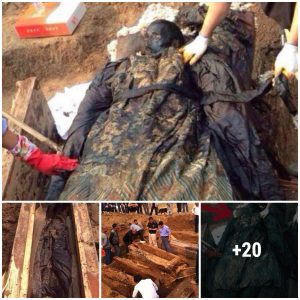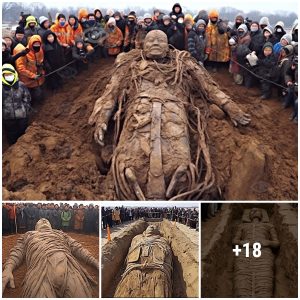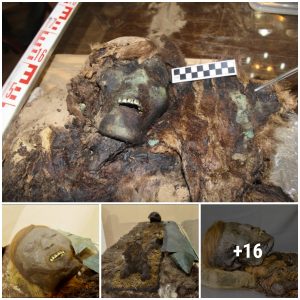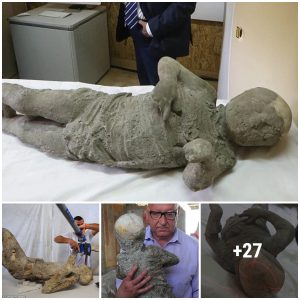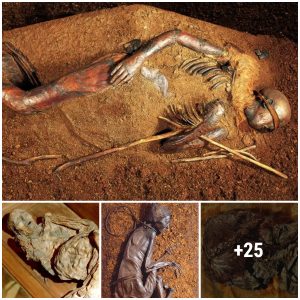The discovery of a mummification workshop and a collective burial place from the XXVI dynasty has been made to the south of the pyramid of Unas, in Saqqara

Findings made near the pyramid of Saqqara
An Egyptian and German archaeological mission, from the University of Tübingen, has discovered a mummification workshop and a collective burial site from the Saite-Persian period (664-404 BC) south of the pyramid of Unas, in Saqqara. Khaled El-Anany, Egypt’s antiquities minister, announced the important find on Saturday, which includes several burial chambers, a collection of 35 mummies, four sealed sarcophagi due to open shortly, and a silver-gilt funerary mask that belonged to a person who held the following titles: the Second Priest of Mut and the Priest of Niut-Shaes. The mask’s eyes are encrusted with black gems (possibly onyx), calcite, and obsidian.

Cardboard funeral mask

Bone remains

remains of a deceased

Egyptian sarcophagus
The mummification workshop was a rectangular building made of adobe bricks and irregular limestone blocks. The entrance, in the southwest corner, led to an open space with two large receptacles that were probably used to store natron (a salt used in the mummification process) and for the preparation of linen bandages. The most surprising finds from the mummification workshop are two deep pits carved into the rock: one 13 meters deep containing a large corpus of ceramic materials, including pots and bowls inscribed with the names of the oils and substances used in mummification ; and a 30-meter-deep pit tomb with a complex of burial chambers, the first found since the excavations of French Egyptologist Gaston Maspero in 1900, Mostafa Waziri, the secretary general of the Ministry of Antiquities, told Ahram Online.

burial chamber

Badly damaged mummies

2 mummies in a burial chamber
This pit tomb (K24) was a mass burial site and one of its burial chambers was intact, with three deteriorated wooden coffins situated at the west end on top of a large limestone sarcophagus and a fourth mummy to the north of said sarcophagus, where there were also a large number of faience ushabtis. Of the three coffins, the middle one is badly damaged; the mummy inside kept a golden mask on the face of the deceased, the Second Priest of the goddess Mut. The theophoric name of the deceased includes the name of Neit, the patron goddess of the 26th dynasty. The archaeological mission is developing a conservation project for the polychrome reliefs and inscriptions in the burial chambers.

Silver gilt funeral mask

Containers of mummification substances and oils

Ancient Egyptian cardboard
Related video:

